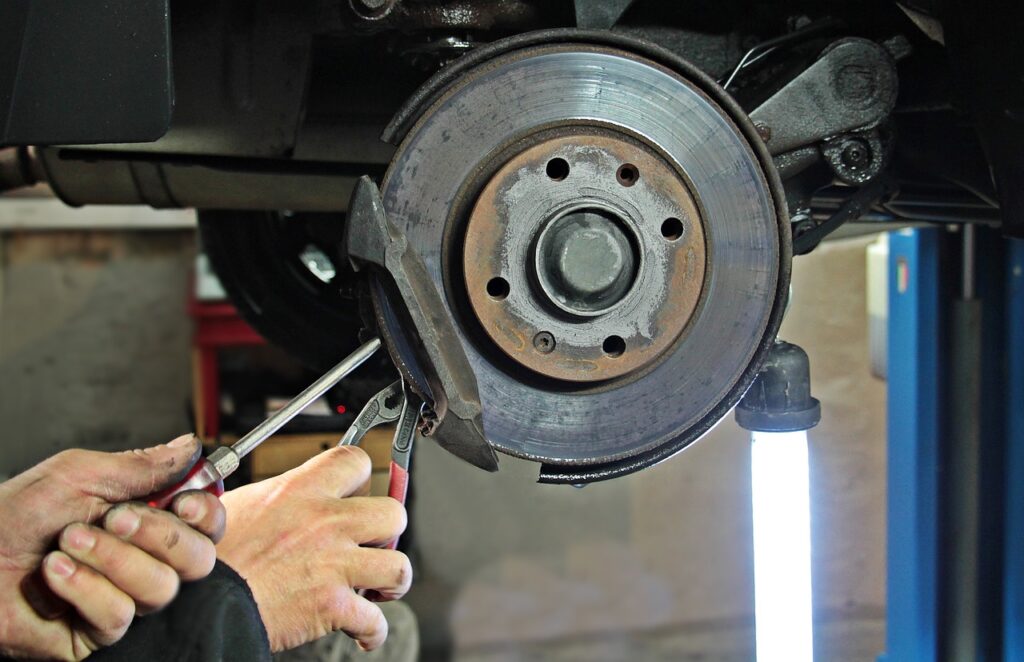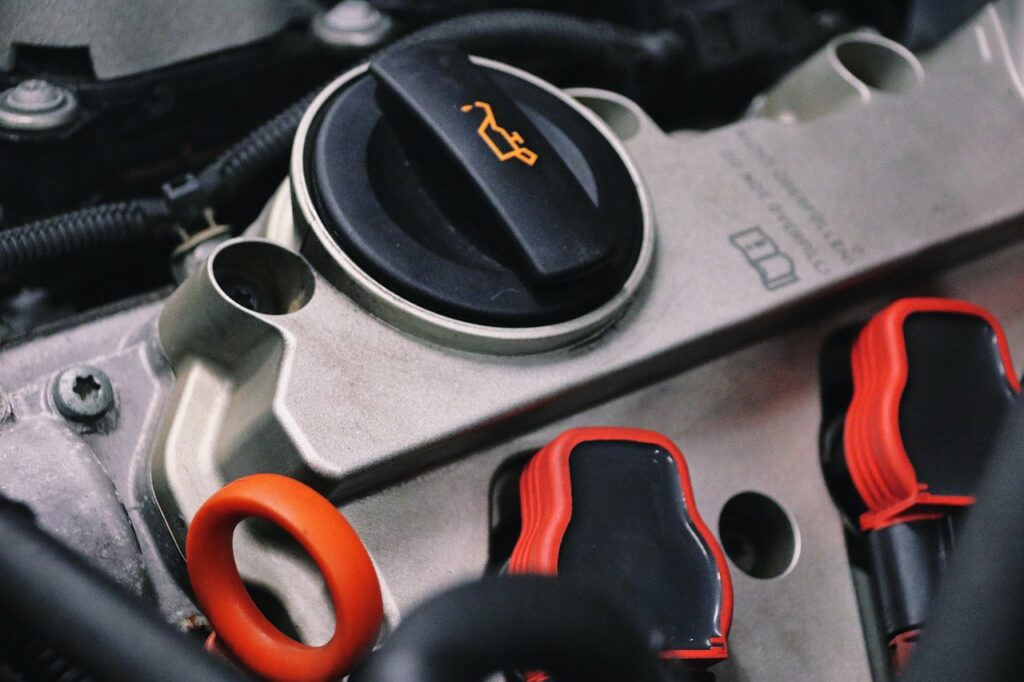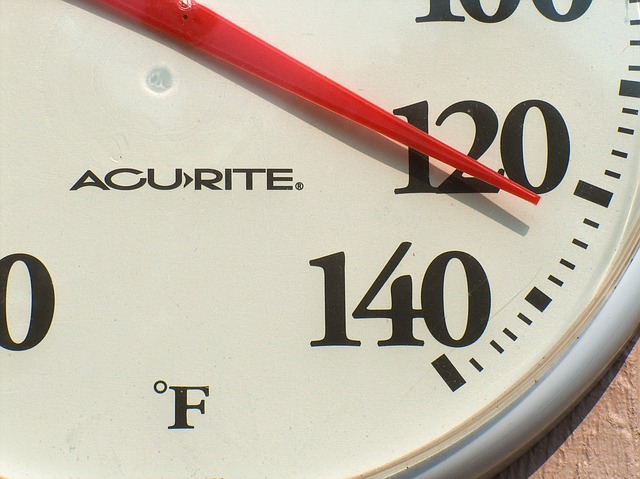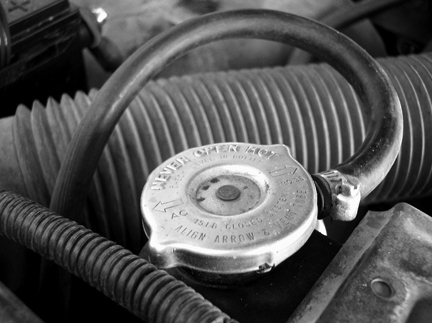October probably has you thinking of warm sweaters, falling leaves, pumpkin spice, and trick-or-treaters. This month also brings a reason to pay special attention to one of your most prized possessions – your vehicle. October is known as “Car Care Month.” This month is dedicated to encouraging vehicle owners to perform essential maintenance to prepare for the upcoming winter season. It’s important to treat your car now to avoid a scary situation down the road.

Why is Car Care Month Important?
Car Care Month is an annual event recognized by automotive industry experts, manufacturers, and auto service professionals. It serves as a reminder for car owners to take a proactive approach to vehicle maintenance. As the days grow shorter and the temperatures drop, taking care of your car should be a priority to ensure safe and trouble-free driving in the months ahead.
Reasons to Prioritize Car Care
Ensure Safety
Maintaining your car is not only about optimizing its performance but also about ensuring safety. The colder months can bring hazardous driving conditions, and a well-maintained vehicle is less likely to leave you stranded or encounter unexpected issues on the road.
Save Money
Routine maintenance can prevent major breakdowns and costly emergency repairs. Neglecting vehicle maintenance can lead to a domino effect of expensive problems that quickly add up. For example, wheel balancing and tire rotation promotes even treadwear, which extends the tire service life .
Environmental Responsibility
Proper car maintenance isn’t just good for your wallet; it’s also an eco-friendly choice. A well-tuned engine produces fewer emissions and consumes less fuel, reducing your carbon footprint.
Optimize Resale Value
If you ever plan to sell your vehicle, a well-maintained car will fetch a higher resale value. Prospective buyers often look for service records and a history of care when making a purchasing decision.
Car Care Tips for October
- Check Your Tires – As the temperatures drop, tire pressure tends to decrease. Check your tire pressure and ensure they are properly inflated. This not only improves handling and fuel efficiency but also promotes tire longevity.
- Inspect the Brakes – Ensure your brake system is in good working order. Squeaky or soft brakes should be inspected and replaced if necessary to maintain stopping power and safety.
- Change the Oil – Regular oil changes are essential for the health of your engine. If it’s been a while since your last oil change, make it a priority this month.
- Test the Battery – Cold weather can be tough on your battery. Have it tested to ensure it’s strong enough to handle the winter months.
- Check Fluid Levels – Make sure all your vehicle’s fluids, including coolant, transmission, and windshield washer fluid, are at their proper levels. Proper fluid levels are essential for overall vehicle performance.
- Replace Wiper Blades – Fall and winter can bring rain, sleet, and snow. Ensure your wiper blades are in good condition for optimal visibility.
Celebrate Car Care Month By Treating Your Vehicle!
Regular maintenance not only ensures safety but also extends the lifespan of your car, reduces your environmental impact, and saves you money in the long run. So, this October, treat your car the attention it deserves, and enjoy worry-free driving throughout the upcoming season.








